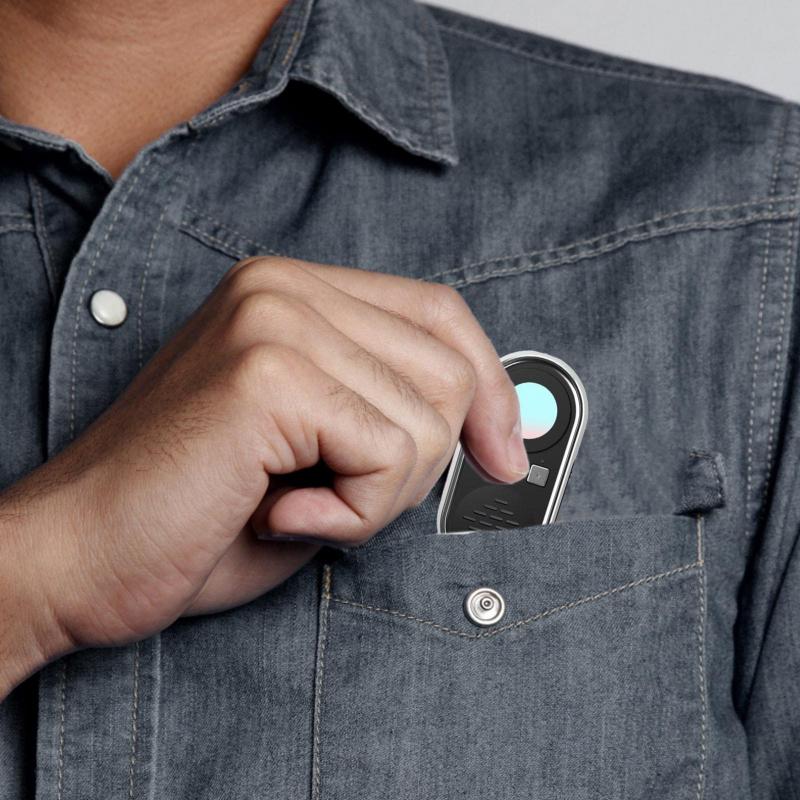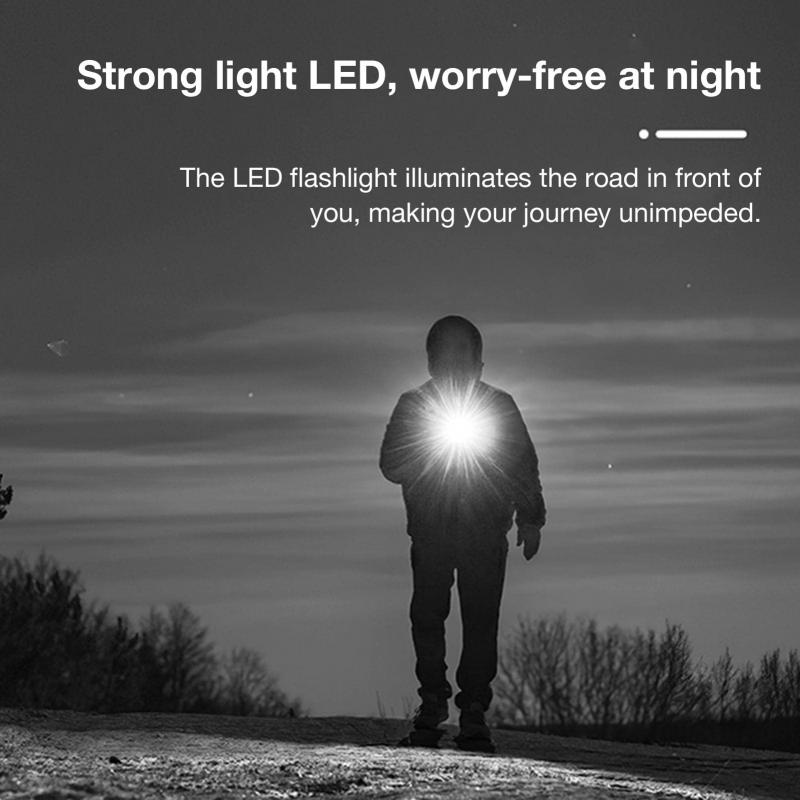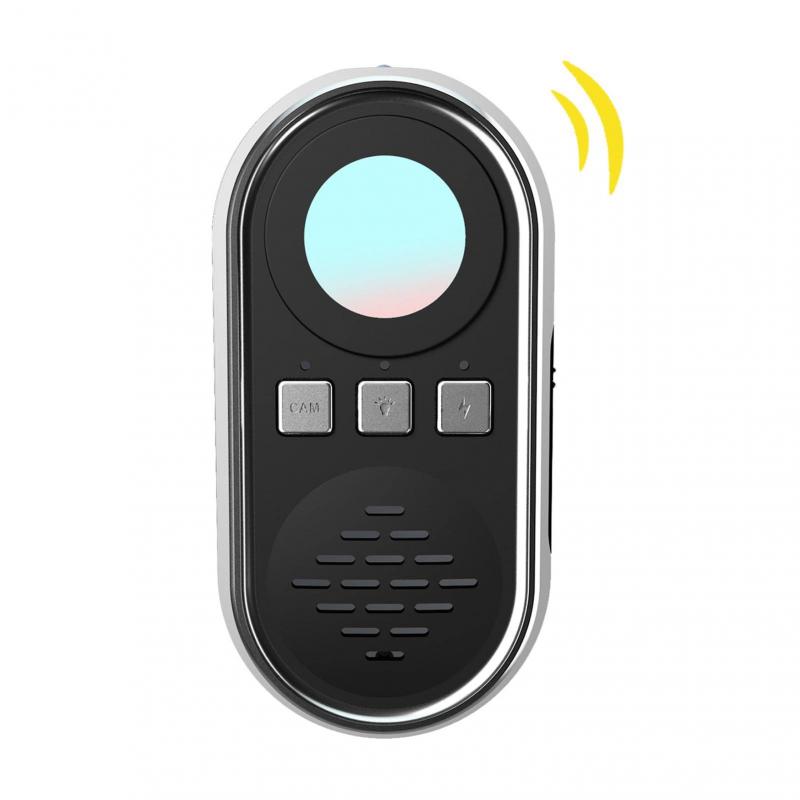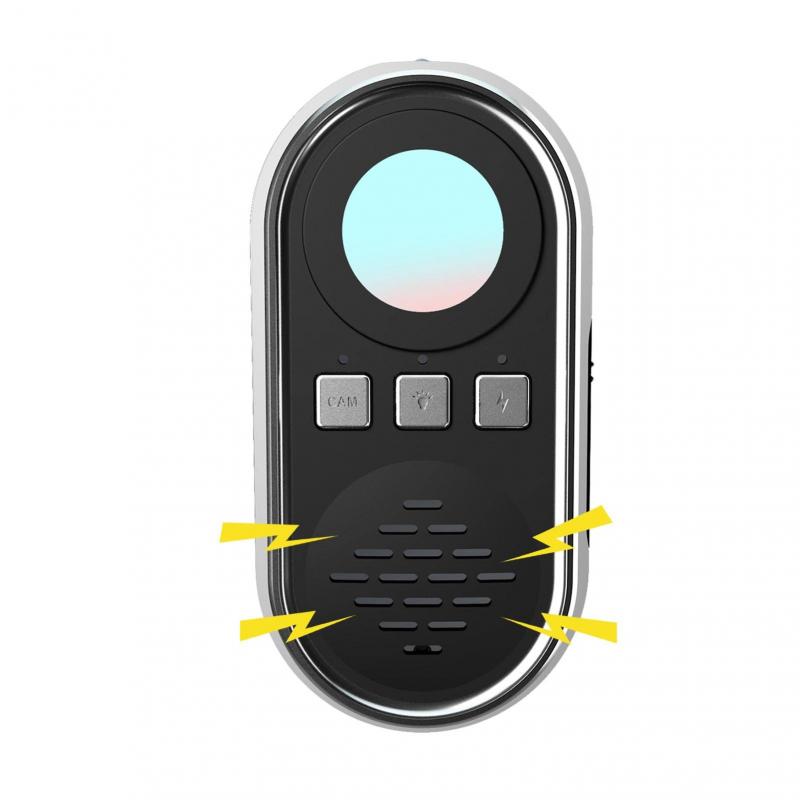How To Find A Hidden Camera?
In today's world, privacy is a growing concern, and the possibility of hidden cameras in places where we expect privacy can be unsettling. Whether you're in a hotel room, a rental property, or even your own home, the thought of being watched without your consent is disturbing. Fortunately, there are several methods and tools you can use to detect hidden cameras. This article will guide you through practical steps to find hidden cameras and ensure your privacy is protected.
Understanding Hidden Cameras

Hidden cameras come in various shapes and sizes, making them difficult to detect. They can be disguised as everyday objects such as smoke detectors, alarm clocks, air purifiers, and even electrical outlets. The first step in finding a hidden camera is to understand where they might be placed and what they might look like.
Visual Inspection

One of the simplest methods to detect hidden cameras is through a thorough visual inspection. Here are some steps to follow:
1. Check Unusual Objects: Look for objects that seem out of place or have an unusual design. Common items like clocks, smoke detectors, and picture frames can house hidden cameras.
2. Inspect Small Holes: Cameras need a line of sight to capture video. Look for small holes or openings in walls, ceilings, and objects that could conceal a camera lens.
3. Examine Mirrors: Some hidden cameras are placed behind two-way mirrors. To check if a mirror is two-way, place your fingernail against the glass. If there is a gap between your nail and its reflection, it’s a regular mirror. If there is no gap, it could be a two-way mirror with a camera behind it.
Using Technology

Technology can be a powerful ally in detecting hidden cameras. Here are some tools and techniques you can use:
1. Flashlight Method: Turn off the lights in the room and use a flashlight to scan for camera lenses. Camera lenses will reflect light, making them easier to spot in the dark.
2. Smartphone Camera: Some hidden cameras emit infrared (IR) light, which is invisible to the naked eye but can be detected by a smartphone camera. Turn off the lights and use your phone’s camera to scan the room. Look for any bright spots that could indicate an IR light source.
3. RF Detectors: Radio Frequency (RF) detectors can pick up the signals emitted by wireless cameras. These devices can be purchased online and are relatively easy to use. Simply turn on the RF detector and walk around the room. If it detects a signal, it will alert you to the presence of a hidden camera.
4. Network Scanners: If you suspect a hidden camera is connected to a Wi-Fi network, you can use network scanning apps like Fing to detect all devices connected to the network. Look for unfamiliar devices that could be cameras.
Physical Inspection

Sometimes, a more hands-on approach is necessary. Here are some physical inspection techniques:
1. Check Smoke Detectors and Alarm Clocks: These are common hiding spots for cameras. Remove the covers and inspect the insides for any unusual components.
2. Inspect Electrical Outlets and Light Switches: Hidden cameras can be placed inside electrical outlets and light switches. Carefully remove the covers and look for any hidden devices.
3. Examine Air Purifiers and Speakers: These devices often have enough space to conceal a camera. Check for any modifications or unusual components.
Professional Help
If you’re still unsure or unable to find a hidden camera, consider seeking professional help. Private investigators and security experts have specialized equipment and expertise to detect hidden cameras. While this option may be more expensive, it can provide peace of mind.
Legal Considerations
It’s important to be aware of the legal implications of finding a hidden camera. In many jurisdictions, it is illegal to place hidden cameras in private areas without consent. If you find a hidden camera, document its location and contact the authorities. Do not tamper with or remove the camera, as it may be needed as evidence.
Preventive Measures
To protect your privacy in the future, consider taking the following preventive measures:
1. Use a Camera Detector: Invest in a camera detector and use it to regularly scan your living spaces.
2. Cover Cameras: If you’re staying in a hotel or rental property, cover any suspicious objects with a cloth or tape.
3. Secure Your Wi-Fi Network: Ensure your home Wi-Fi network is secure and regularly check for unfamiliar devices.
4. Educate Yourself: Stay informed about the latest hidden camera technologies and detection methods.
Finding a hidden camera can be a daunting task, but with the right knowledge and tools, you can protect your privacy. Start with a thorough visual inspection, use technology to aid your search, and don’t hesitate to seek professional help if needed. By taking preventive measures, you can ensure your personal spaces remain private and secure. Remember, your privacy is your right, and it’s important to take steps to protect it.
